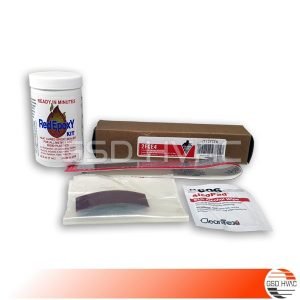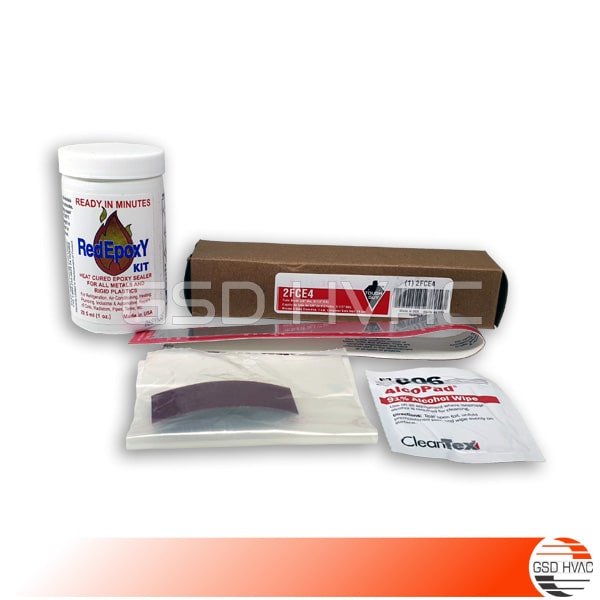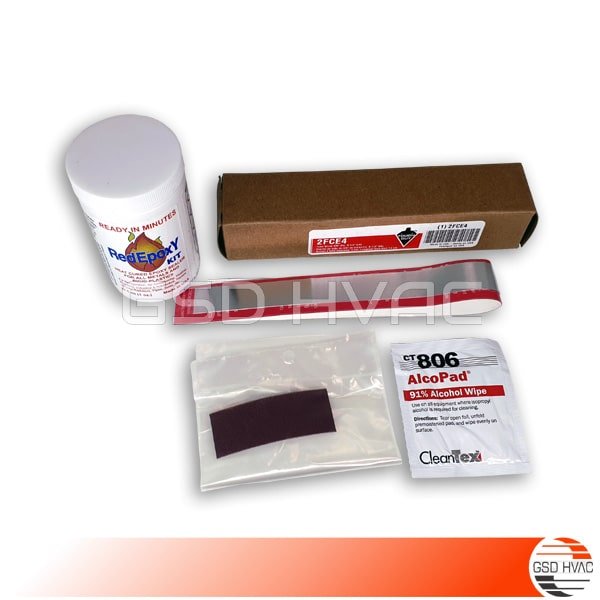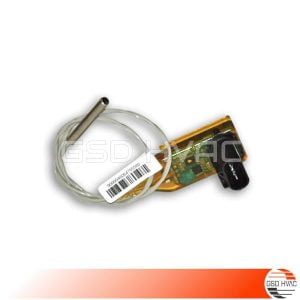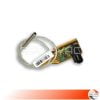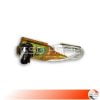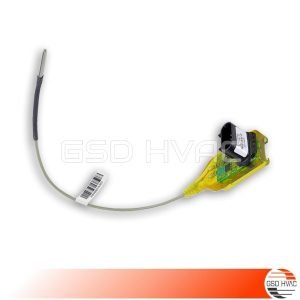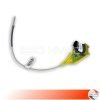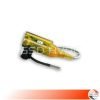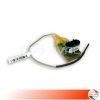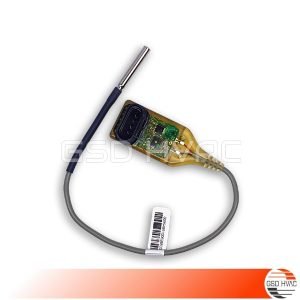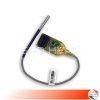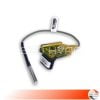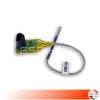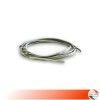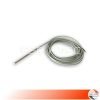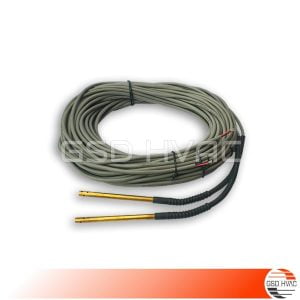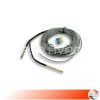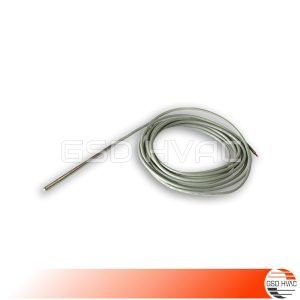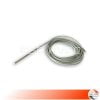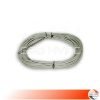Temperature Sensors
Temperature sensors are a simple instrument that measures the degree of hotness or coolness and converts it into a readable unit.
As a definition, temperature sensors are electronic devices that measure the temperature of its environment and convert the input data into electronic data to record, monitor, or signal temperature changes.
There are many different types of temp. sensors. Some of them require direct contact with the physical object that is being monitored (contact temp. sensors). While others indirectly measure the temperature of an object (non-contact temp. sensors).
Among the contact temp. sensors are thermocouples and thermistors.
A thermocouple is comprised of two conductors. Each made of a different type of metal, that are joined at an end to form a junction. When the junction is exposed to heat, a voltage is generated that directly corresponds to the temperature input. This happens on account of the phenomena called the thermoelectric effect. Thermocouples are generally inexpensive, as their design and materials are simple.
The other type of contact temperature sensor is called a thermistor. In thermistors, resistance decreases as temperature increases. There are two main types of thermistors: Negative Temperature Coefficient (NTC) and Positive Temperature Coefficient (PTC). Thermistors are more precise than thermocouples (capable of measuring within 0.05-1.5 degrees Celsius), and they are made of ceramics or polymers. Resistance Temperature Detectors (RTD) are essentially the metal counterpart of thermistors, and they are the most precise and expensive type of temperature sensors.
Temperature sensors are used in HVAC systems and devices, automobiles, medical devices, computers, cooking appliances, and other types of machinery.
Showing all 7 results
-
HVAC-R Accessories
KIT16112 Microchannel Coil Repair Kit
Microchannel Coil Repair Kit Trane KIT16112
Microchannel coils are considerably more robust in design than tube and fin condenser coils, however they are not indestructible. When damage or a leak occurs in the field, it is possible to temporarily repair the coil until another coil can be ordered. If the leak is found to be within the tube area of the coil, a field repair kit (KIT16112) is available through the GSD HVAC parts center. Because of the all aluminum construction and aluminum’s high thermal expansion rate, a leak located at or on the header assembly is considered irreparable..
(0 reviews) -
Sensors
SEN01960 Hi-Temp Sensor
Trane SEN01960 Sensor; Hi-Temp Sensor 24 VDC @ 20MA Max, Overmolded
Hi-Temp. Sensors encounter many diverse application needs throughout the HVAC and refrigeration industries. Temperature, humidity and pressure sensors are the most commonly used sensors for HVAC and building equipment applications.
(0 reviews) -
Sensors
SEN02039 Temperature Sensor
Trane SEN02039 Sensor; Temperature Sensor, Fast Response
Fast Response Sensors encounter many diverse application needs throughout the HVAC and refrigeration industries. Temperature, humidity and pressure sensors are the most commonly used sensors for HVAC and building equipment applications.
(0 reviews) -
Sensors
SEN02133 Temperature Sensor
Trane SEN02133 Sensor; Temperature Sensor, Overmolded
Our indoor environments are becoming more comfortable and efficient to maintain due to the growth of innovative technologies and sensor networks that regulate heating, ventilation and air conditioning. Sensors encounter many diverse application needs throughout the HVAC and refrigeration industries. Temperature, humidity and pressure sensors are the most commonly used sensors for HVAC and building equipment applications. Temperature sensors can monitor ambient conditions as well as liquids and gases that are used to heat and cool the environment.
(0 reviews) -
Sensors
SEN00202 Sensor Refrigerant
Trane SEN00202 Sensor Refrigerant, Condenser (X13790057050)
(0 reviews) -
Sensors
SEN00951 Temperature Sensor
Trane SEN00951 Sensor; Temperature Thermistor Probe (Pair)
A temperature sensor is a device that detects and measures hotness and coolness and converts it into an electrical signal.
(0 reviews) -
Sensors
SEN00306 Temperature Sensor
SEN00306 Sensor; Leaving/Entering Water, Temperature
The temperature sensor SEN00306 is a device that detects and measures hotness and coolness and converts it into an electrical signal.
(0 reviews)

